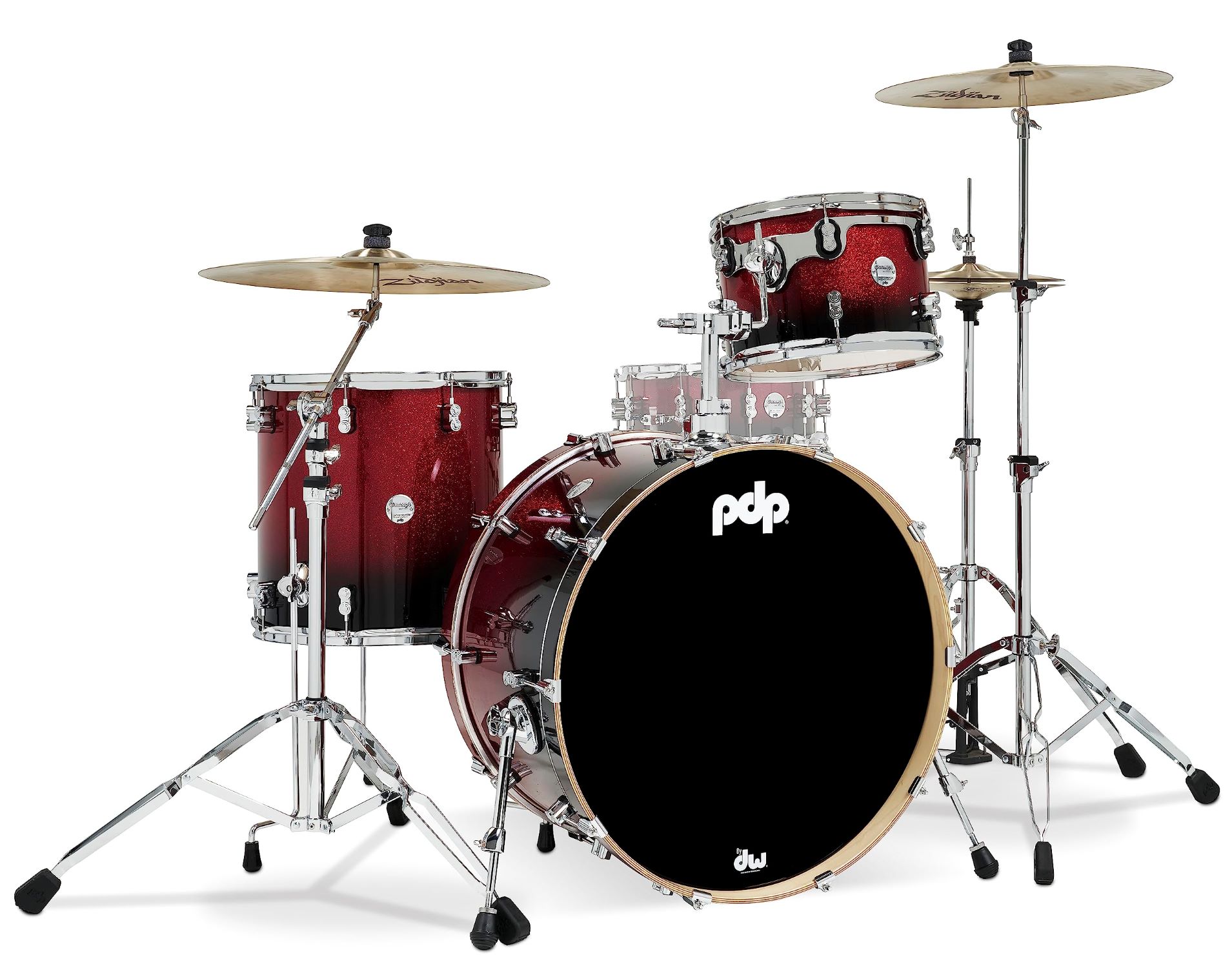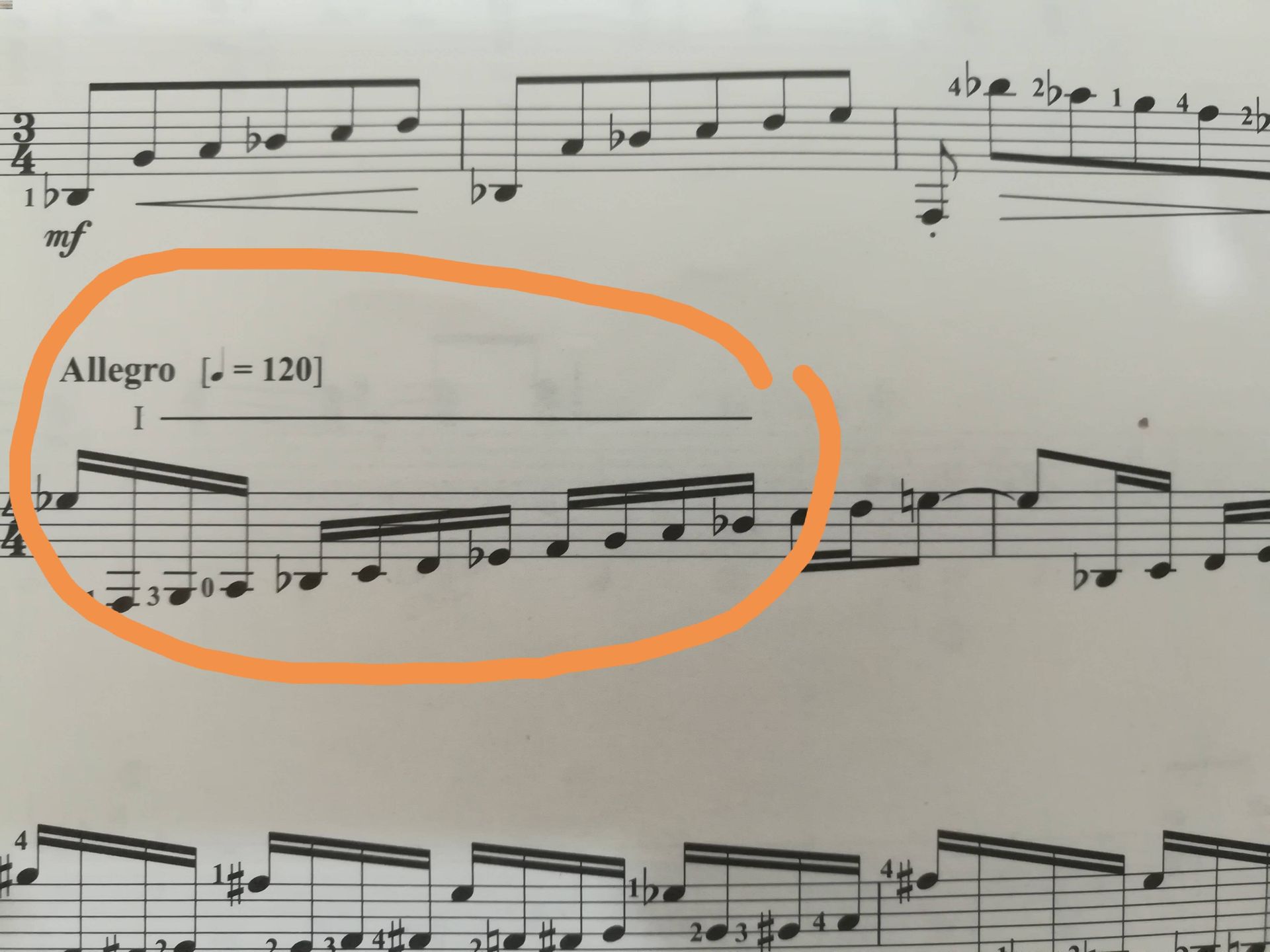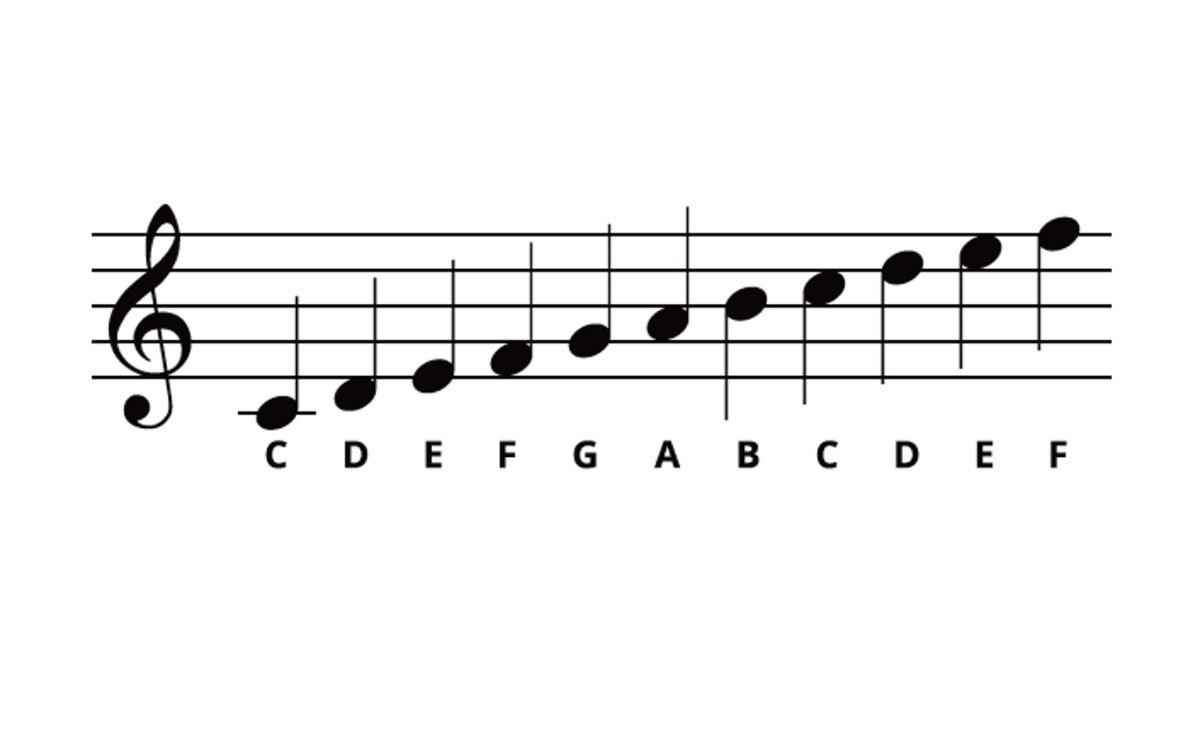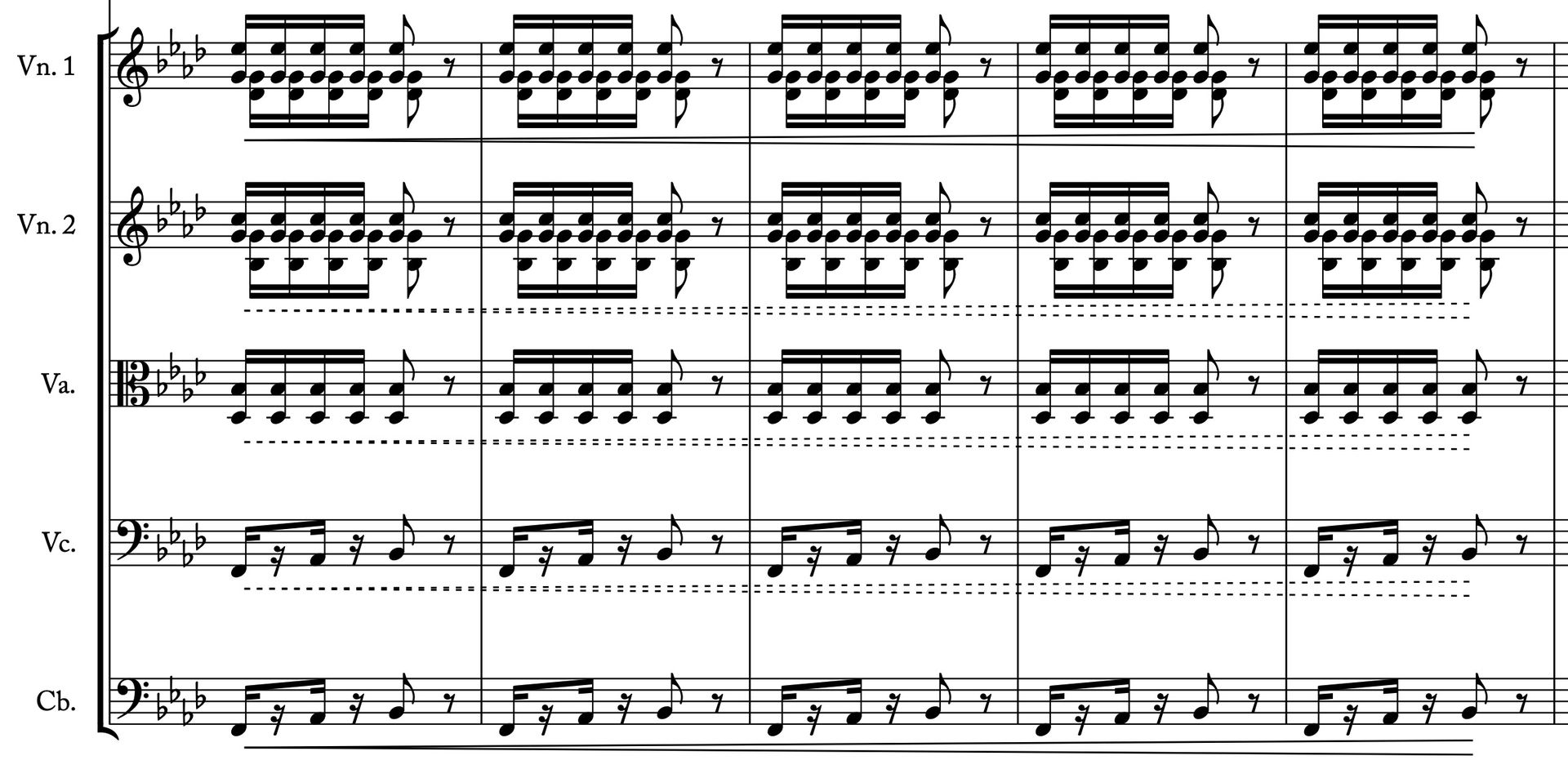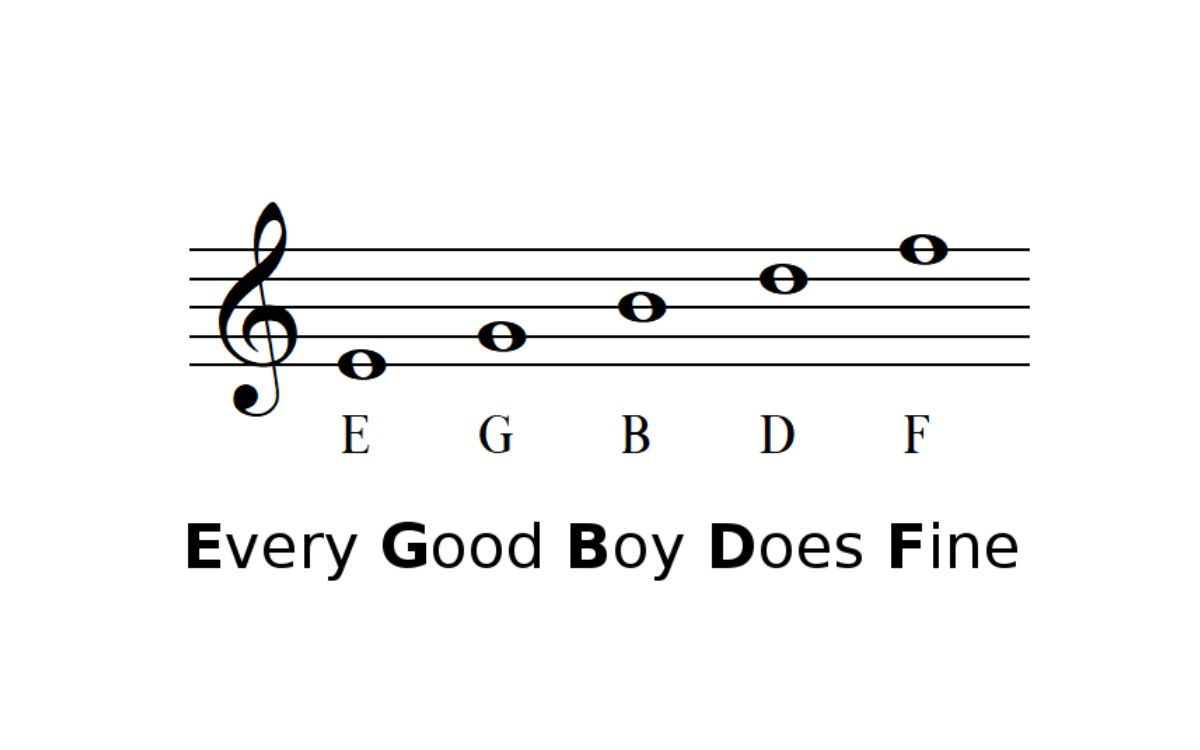Home>Instruments>Bass>What Is A Bass Line In Music
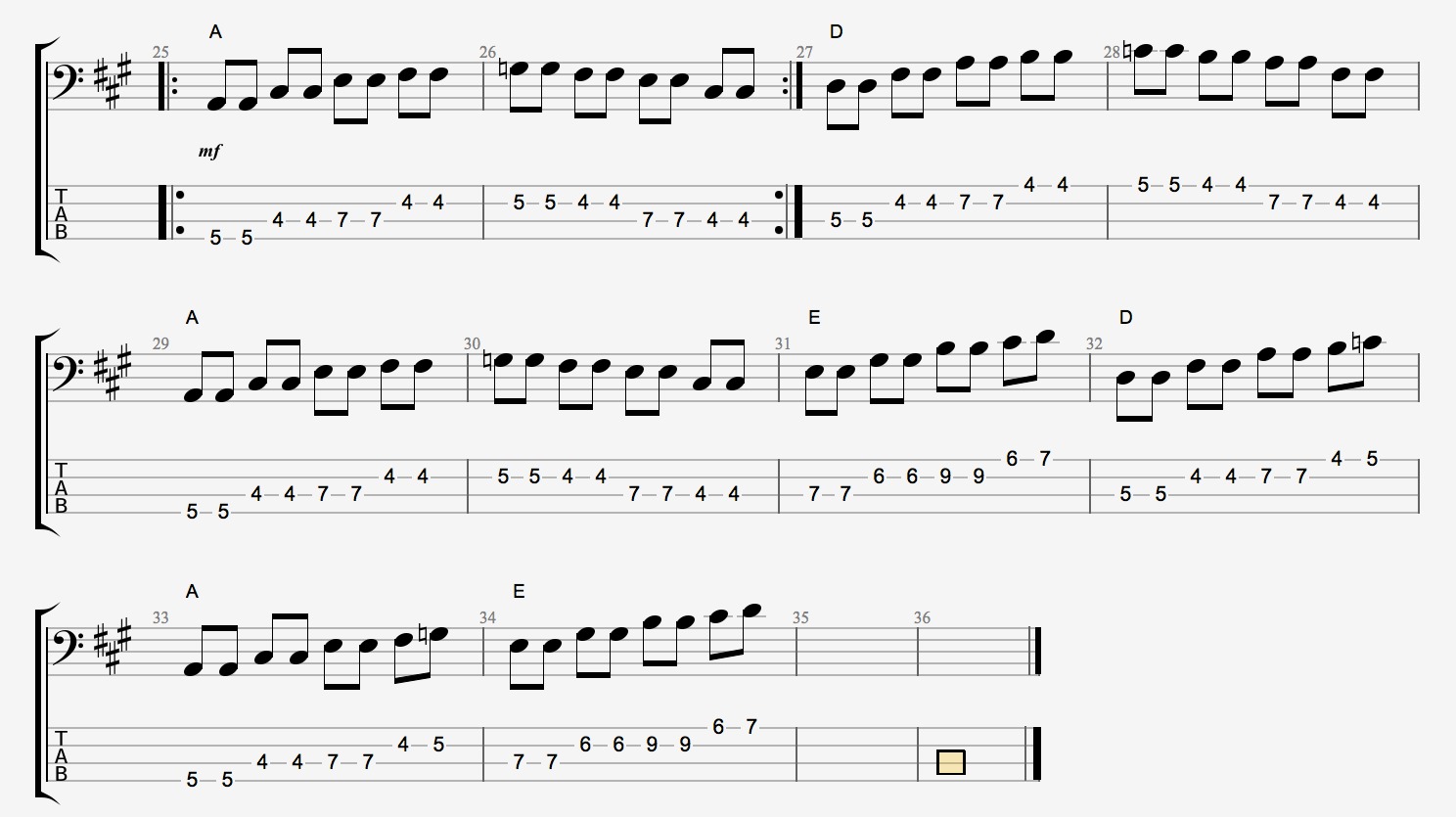

Bass
What Is A Bass Line In Music
Modified: January 22, 2024
Discover the importance of a bass line in music and how it sets the foundation for rhythm and melody. Learn how bass adds depth and groove to your favorite songs.
(Many of the links in this article redirect to a specific reviewed product. Your purchase of these products through affiliate links helps to generate commission for AudioLover.com, at no extra cost. Learn more)
Table of Contents
Introduction
Welcome to the world of bass! In the realm of music, the bass line holds a critical role in defining the foundation, adding depth, and providing the rhythmic pulse to a song. Whether you’re a seasoned musician, an aspiring bassist, or simply a music enthusiast, understanding the importance of the bass line can enhance your appreciation for the art form.
A bass line is a fundamental component of any musical composition, typically played by a bass instrument such as a bass guitar, double bass, or synth bass. It serves as the backbone of the music, anchoring the harmonies, interacting with the rhythm section, and guiding the listener through the melody.
In this article, we’ll explore the definition of a bass line, its role in music, the components that make up a bass line, techniques for creating compelling bass lines, and notable examples of bass lines in various genres.
So, whether you’re a fan of jazz, rock, funk, or any other genre that utilizes dynamic bass lines, let’s dive into the wonderful world of bass and discover what makes it such a vital element in the realm of music.
Definition of a Bass Line
A bass line refers to the low-pitched melodic or rhythmic line that is played by a bass instrument in a musical composition. It is typically the lowest part in the musical arrangement and provides a solid foundation for the other instruments and vocals to build upon.
The bass line is responsible for outlining the harmonic structure of a song, playing the root notes of the chords being used. It adds depth and resonance to the music, giving it a fuller sound. The bass line also acts as a bridge between the rhythm section and the melody, connecting the two and keeping the entire ensemble in sync.
Traditionally, the bass line is played on instruments such as the bass guitar, double bass, electric upright bass, or synth bass. However, in some cases, it can also be played on keyboards or even lower-pitched instruments like the tuba or cello.
The role of the bass line can vary depending on the musical genre and style. In some genres, such as funk and R&B, the bass line often takes on a more prominent and complex role, featuring intricate patterns and melodic phrasing. In other genres like rock and pop, the bass line could be simpler and more focused on providing a steady rhythmic foundation.
Overall, the bass line serves as the backbone of the music, providing a sense of stability, rhythm, and groove. It is like the heartbeat of a song, driving it forward and giving it a sense of momentum. Without a well-crafted bass line, the music can feel empty and lack the necessary depth and cohesion.
Now that we have a clear understanding of what a bass line is, let’s explore its vital role in shaping the overall musical composition and its significance in different genres of music.
Role of the Bass Line in Music
The bass line plays a crucial role in music, contributing to the overall sound and feel of a composition. Let’s delve into some of the key roles that the bass line fulfills:
1. Foundation and Stability: The bass line provides the foundation upon which the rest of the musical elements are built. By playing the root notes of the chords, it establishes the harmonic structure of the song. The low-frequency vibrations of the bass instrument create a solid and stable base, anchoring the music and giving it a sense of grounding.
2. Rhythm and Groove: The bass line, working closely with the drummer, forms the rhythmic backbone of the song. It sets the pulse, defines the groove, and establishes the overall feel and timing of the music. The syncopated rhythms and melodic patterns played by the bass create a sense of movement and propel the song forward, making it impossible to resist tapping your feet or nodding your head to the beat.
3. Harmonic Support: Along with providing the root notes of the chords, the bass line adds color and depth to the harmony of a song. By incorporating different scales, arpeggios, and passing tones, it can create interesting chord progressions and embellishments, enhancing the emotional impact and complexity of the composition.
4. Interaction with the Rhythm Section: The bass line forms a tight bond with the drums and other rhythm instruments, such as percussion. Together, they form a cohesive rhythmic unit, locking in and complementing each other’s patterns and dynamics. This synergy creates a powerful and cohesive rhythmic foundation for the melody and other instruments to build upon.
5. Melodic and Contrapuntal Elements: While the primary purpose of the bass line is to provide a strong rhythmic and harmonic framework, it also has the potential to incorporate melodic and contrapuntal elements. In genres like jazz and fusion, bassists often take on more melodic roles, improvising solos and playing intricate lines that interact with the melody and other instruments in a call-and-response fashion.
The role of the bass line may differ across musical genres. In funk, for example, the bass line takes center stage, creating intricate and syncopated patterns that define the groovy and danceable nature of the genre. In contrast, in classical music, the bass line often provides a solid foundation for the orchestra, playing in unison with the cellos and double basses to give richness and depth to the overall sound.
By understanding the diverse roles that the bass line plays in music, we can appreciate its significance and the impact it has on the overall composition. Now, let’s explore the components that make up a compelling bass line.
Components of a Bass Line
A well-crafted bass line consists of several components that contribute to its overall effectiveness and impact on a musical composition. Let’s explore some of these key components:
1. Root Notes: The bass line typically emphasizes the root notes of the chords being played. Root notes provide the foundation for the harmony and help establish the tonal center of the song. By playing the root notes, the bass line creates a solid framework upon which other musical elements can build.
2. Rhythmic Patterns: The rhythm of a bass line is crucial for driving the song’s groove and maintaining the overall momentum. Different rhythmic patterns can be utilized, ranging from simple and repetitive lines to complex syncopated rhythms. The choice of rhythm can greatly influence the feel and energy of the music.
3. Melodic Phrasing: While the primary focus of the bass line is on the lower frequencies, incorporating melodic phrasing can add a touch of musicality and interest. Bassists may introduce occasional melodic embellishments, using techniques like slides, bends, or hammer-ons to infuse the bass line with subtle melodic motifs, creating a more dynamic and expressive sound.
4. Dynamics: The dynamics of a bass line refer to the variation in volume, intensity, and emphasis throughout the song. By incorporating changes in dynamics, the bass line can help build tension and create impactful moments in the music. A skilled bassist knows how to manipulate the dynamics to enhance the emotional impact of the composition.
5. Fills and Embellishments: Fills and embellishments are additional musical phrases or ornamentations that are added to the bass line to add variety and interest. These can include slides, hammer-ons, pull-offs, or tasteful chromatic passing notes. Well-placed fills and embellishments can elevate the bass line and make it more captivating to the listener.
6. Counterpoint: In some musical genres, the bass line may engage in contrapuntal interactions with other instruments or voices. Counterpoint involves creating independent melodic lines that intertwine with the main melody or other instrumental parts. This adds complexity and depth to the composition, showcasing the bass line’s ability to contribute as a melodic voice.
7. Syncopation: Syncopation refers to intentionally placing accents or emphasizing off-beat rhythms in a bass line. It adds a sense of anticipation and tension to the music, giving it a lively and unpredictable feel. Syncopation in the bass line can work harmoniously with the drums and other rhythm instruments to create a captivating rhythmic interplay.
By incorporating these components into a bass line, a skilled bassist can create a compelling and engaging musical foundation. It’s important to note that these components are not mutually exclusive and can be combined in various ways to suit the style and genre of the music being performed.
Now that we have a better understanding of the components that make up a bass line, let’s explore some techniques for creating captivating bass lines in the next section.
Techniques for Creating Bass Lines
Creating a captivating bass line requires a combination of musical knowledge, creativity, and a deep understanding of the song’s genre and style. Here are some techniques that can help you craft compelling bass lines:
1. Study the Chord Progressions: Understanding the underlying chord progressions of a song is vital. Experiment with different root notes and inversions to find the most harmonically pleasing and supportive bass line. Remember to focus on the relationship between the bass line and the chords being played to create a solid foundation.
2. Use Scales and Modes: Incorporating scales and modes into your bass lines can add melodic interest and depth. Experiment with different scales that complement the song’s key and mood. Mix in various techniques like slides, bends, and chromatic passing tones to create tension and release within the line.
3. Rhythmic Variations: Explore different rhythmic patterns to add groove and excitement to your bass lines. Play with syncopation, staccato notes, and accents on off-beats. Varying the rhythm can make your bass line more interesting and engaging, creating a dynamic interplay with other instruments in the ensemble.
4. Use Articulation Techniques: Utilize articulation techniques such as slides, hammer-ons, and pull-offs to add expressiveness to your bass lines. These techniques can help you achieve smooth transitions between notes and create a legato or percussive effect, depending on the desired musical style.
5. Experiment with Fills and Embellishments: Integrate fills and embellishments strategically throughout your bass line to add flair and catch the listener’s attention. These could be melodic runs, chromatic approaches, or tasteful ornamentations that enhance the musicality of the line without overshadowing the overall composition.
6. Listen and Learn from Others: Study famous bass players and listen to different genres of music to gain inspiration and insights. Analyze how renowned bassists create their bass lines, the techniques they employ, and how they interact with the rhythm section and other instruments. Incorporating elements you admire into your own playing can help you develop your unique style.
6. Jam and Experiment: One of the best ways to develop your bass line creation skills is through experimentation and improvisation. Set aside time to jam with other musicians or backing tracks, allowing yourself the freedom to explore different ideas and approaches. Don’t be afraid to make mistakes and learn from them as you go.
7. Serve the Song: Remember that the bass line’s ultimate role is to serve the song. Ensure that your bass line supports the melody, enhances the rhythm, and complements the overall feel and mood of the composition. Attention to dynamics, timing, and musical cohesion is essential to create a bass line that elevates the song as a whole.
By combining these techniques, adapting them to suit the style and genre of the music, and continuously expanding your musical knowledge, you can develop the skills necessary to create captivating and memorable bass lines.
Now, let’s explore some notable examples of iconic bass lines in different genres to gain further insight and inspiration.
Notable Examples of Bass Lines in Different Genres
Bass lines have played a pivotal role in shaping the sound and defining the character of numerous musical genres. Let’s explore some iconic examples of bass lines from different genres:
1. Funk: Funk music is known for its infectious bass lines. One iconic bass line is “Give Up the Funk (Tear the Roof Off the Sucker)” by Parliament-Funkadelic, played by Bootsy Collins. The syncopated and groovy bass line anchors the song and gets listeners dancing with its tight rhythmic interplay and funky embellishments.
2. Rock: In the world of rock music, the bass line in “Another One Bites the Dust” by Queen, played by John Deacon, stands out. It features a simple yet driving bass line that perfectly complements the catchy guitar riffs and powerful vocals, creating a memorable and energetic rock anthem.
3. Reggae: Reggae’s distinctive bass lines often emphasize the off-beats and create a bouncing rhythm. One classic example is “Stir It Up” by Bob Marley and the Wailers, played by Aston “Family Man” Barrett. The bass line weaves together smooth melodic phrases with pulsating rhythms, setting the laid-back groove that defines the reggae genre.
4. Jazz: Jazz bass lines are known for their complexity and improvisational nature. “So What” by Miles Davis, with Paul Chambers on bass, showcases a legendary jazz bass line. It features a walking bass style, with a strong foundation in the root notes and the use of walking scales, creating a melodic and harmonically rich support for the improvising musicians.
5. Hip-Hop: Hip-hop often incorporates sampled bass lines or synthesized bass tones. One iconic example is “The Message” by Grandmaster Flash and the Furious Five, with Doug Wimbish on bass. The deep and resonant bass line sets the gritty backdrop for the socially conscious lyrics, capturing the essence of early hip-hop.
6. Motown: The Motown era produced timeless bass lines, and one notable example is “My Girl” by The Temptations, with James Jamerson on bass. The melodic bass line weaves in and out of the song, adding subtle but crucial melodic movement to the infectious Motown groove, showcasing Jamerson’s impeccable sense of rhythm and musicality.
7. Metal: Metal often features aggressive and intricate bass lines. “Orion” by Metallica, with Cliff Burton on bass, exemplifies this. The bass line displays a fusion of melodic and heavy elements, going beyond traditional root notes and incorporating complex scales, arpeggios, and harmonies, contributing to the intense and dynamic nature of the song.
These examples only scratch the surface of the diverse bass lines found in various genres. Each genre has its own unique approach to bass, highlighting the adaptability and creative possibilities within music.
By studying and appreciating the notable bass lines in different genres, you can gain insights into the role of the bass line as a driving force and source of musical expression. Use these examples as inspiration to further develop your own bass playing skills and explore the boundaries of what can be achieved with the instrument.
Now, let’s summarize our discussion and reflect on the importance of the bass line in music.
Conclusion
The bass line is a fundamental and integral component of music, providing the foundation, rhythm, and harmonic structure that holds a composition together. Whether it’s the groovy bass lines of funk, the driving force in rock, the expressive melodies in jazz, or the booming pulse of hip-hop, the bass line plays a vital role across numerous genres.
We’ve explored the definition of a bass line, its role in music, the components that make up a compelling bass line, techniques for creating captivating bass lines, and notable examples from various genres. The bass line serves as the backbone, connecting the rhythm section with the melody, and creating a musical framework for other instruments to build upon.
Understanding and appreciating the importance of the bass line can enhance your musical knowledge, whether you’re a musician, songwriter, or simply a music enthusiast. It is a dynamic and versatile element that has the power to captivate and move listeners, evoking emotions and driving the overall energy of a song.
So, the next time you listen to your favorite song or attend a live performance, pay attention to the bass line and recognize the immense impact it has on the music you love. Whether it’s a simple bass line providing a steady rhythmic pulse or a complex melodic pattern, remember that the bass is the unsung hero that keeps the music grounded and makes it come alive.
As you continue to explore the world of bass, embrace your creativity, experiment with different techniques, and find your unique voice as a bass player. Let the bass line be your canvas for musical expression, and let your playing contribute to the magic and beauty of the music you create or enjoy.
Now, go forth and groove to the rhythm of that irresistible bass line!


